Religious ideas and social action: Christian narratives of justification between social criticism and belief in legitimacy
Project management: Prof. Dr. Ferdinand Sutterlüty and Prof. Dr. Axel Honneth
In this empirical research project, religious ideas in six Christian communities were reconstructed and examined in their interplay with secular orders. The central question was whether such ideas, as originally described by Max Weber, can still be found in contemporary Christian communities. This was followed by an examination of the world-enclosing content of these religious ideas and whether their normative implications have any practical relevance – in a society that considers itself to be secular.
Four of the six communities studied can be described as communities of “religious virtuosos”, according to Weber. Strong religious ideas could be traced in these “virtuoso communities”. If the communities belonged to the socio-Christian tradition, these ideas always emerged from a community’s own Christology. A specific interpretation of Jesus emerged in each case, which acted as an action-oriented role model. Jesus was interpreted as a “good shepherd” or as a resistance fighter, for example, and thus became a kind of yardstick for the individual actions of believers. The fundamentalist communities studied, on the other hand, lived in the conviction that the world had fallen prey to the work of the devil and that only their specific form of faith promised salvation from this state. In the context of such religious ideas, their entire environment of other faiths was stylized as an enemy that threatened the truth they believed in.
With regard to social action outside the purely religious-cultic sphere, there were also considerable differences between the social Christian and fundamentalist groups. The former deliberately avoided religious references in secular contexts in order to avoid any irritation from the outset. At the same time, however, their actions were always oriented towards the model of the community-specific Christology. In the fundamentalist communities, a generally dismissive attitude towards their environment could be observed, which was directly based on the enemy image motif. Depending on the biographical history of the believers, this resulted in withdrawal or confrontational behavior in secular contexts.
In the two local congregations examined as comparative studies to the virtuoso communities, the research project ultimately came across a more diffuse situation without clearly emerging religious ideas. Rather, the investigations here confirmed a picture that is already known from the established literature. A religion based on tradition and milieu was found, which, however, hardly ever made specific references to the broad repertoire of Christian tradition, let alone had any claim to be world-exclusive. Figuratively speaking, one could also say that faith here remains within the church walls.
Clearly defined religious ideas with world-expanding relevance could only be detected in very small communities of religious virtuosos. Overall, it should be borne in mind that the virtuoso communities, with a single-digit percentage, only represent a very small proportion of the population, whereas the local congregations, taken together across both denominations, represent around half of the total population.
In the exemplary cases examined, religious statements proved to be inaccessible in the secular sphere. And for the vast majority of believers, the members of the local congregations, the question of the role of faith in everyday life did not even arise. Overall, it therefore seems appropriate to interpret the results of this study as an indication of an overall social state of unthreatened secularity. To all appearances, religion has little or no influence on an effortlessly secular social order.
The most important publications in the research project include Sutterlüty, Ferdinand (ed.) 2011: Keyword “Post-secularism?” With contributions by José Casanova, Hans-Joachim Höhn, Thomas M. Schmidt and Oliver Sturm, in:WestEnd. New Journal for Social Research 8. 2, 65-110, including the introduction to the keyword “Postsäkularismus?”, 65-67; Sutterlüty, Ferdinand 2014: The Role of Religious Ideas: Christian Interpretations of Social Inequalities, in: Critical Sociology (first published online; print: issue 42, 33-48, 2016) and Kuhn, Thomas 2014: Role models and enemy images. Religious ideas in Christian communities . Giessen: Justus Liebig University, dissertation (online open access).
In addition to numerous lectures, a panel on “Religion and Critique” was held as part of the project together with Aletta Dieffenbach and Thomas Kuhn at the junior researchers’ conference of the Cluster of Excellence “Practices of Critique”. Frankfurt a. M., December 6, 2013.

